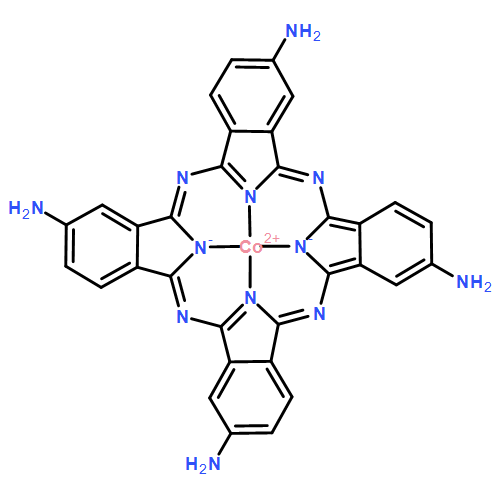Co-reporter: Henan Li, Yawen Mu, Junrong Yan, Dongmei Cui, Weijun Ou, Yakun Wan, and Songqin Liu
pp: 2007
Publication Date(Web):January 4, 2015
DOI: 10.1021/ac504589d
Acute renal failure (ARF) represents a very important and potentially devastating disorder in clinical nephrology. Neutrophil gelatinase-associated lipocalin (NGAL) is an early biomarker for ARF in a wide range of different disease processes, which is frequently detected in clinical diagnosis. Herein, we present a label-free and sensitive photoelectrochemical (PEC) immunosensor for NGAL by utilizing a biotinylated anti-NGAL Nanobody (Nb) orientedly immobilized to streptavidin-coated cobalt 2,9,16,23-tetraaminophthalocyanine (CoPc)-sensitized TiO2 electrode. The Nb was biotinylated at the C-terminus, which is situated at the opposite site of the antigen binding region. Using highly oriented Nb as receptor molecules, a label-free PEC immunosensor for NGAL was developed by monitoring the changes in the photocurrent signals of the electrode resulting from immunoreaction. Immobilization of Nb to streptavidin-coated CoPc-sensitized TiO2 electrode surface provides high binding capacity to NGAL; thus, it can lead to a high sensitivity. The limit of detection (LOD) of the proposed immunosensor has been significantly lowered to 0.6 pg mL–1. This proposed immunosensor reveals high specificity to detect NGAL, with acceptable intra-assay precision and excellent stability. In addition, the present work provides a new approach to design Nb-based PEC immunosensor and increases versatility of Nbs.
